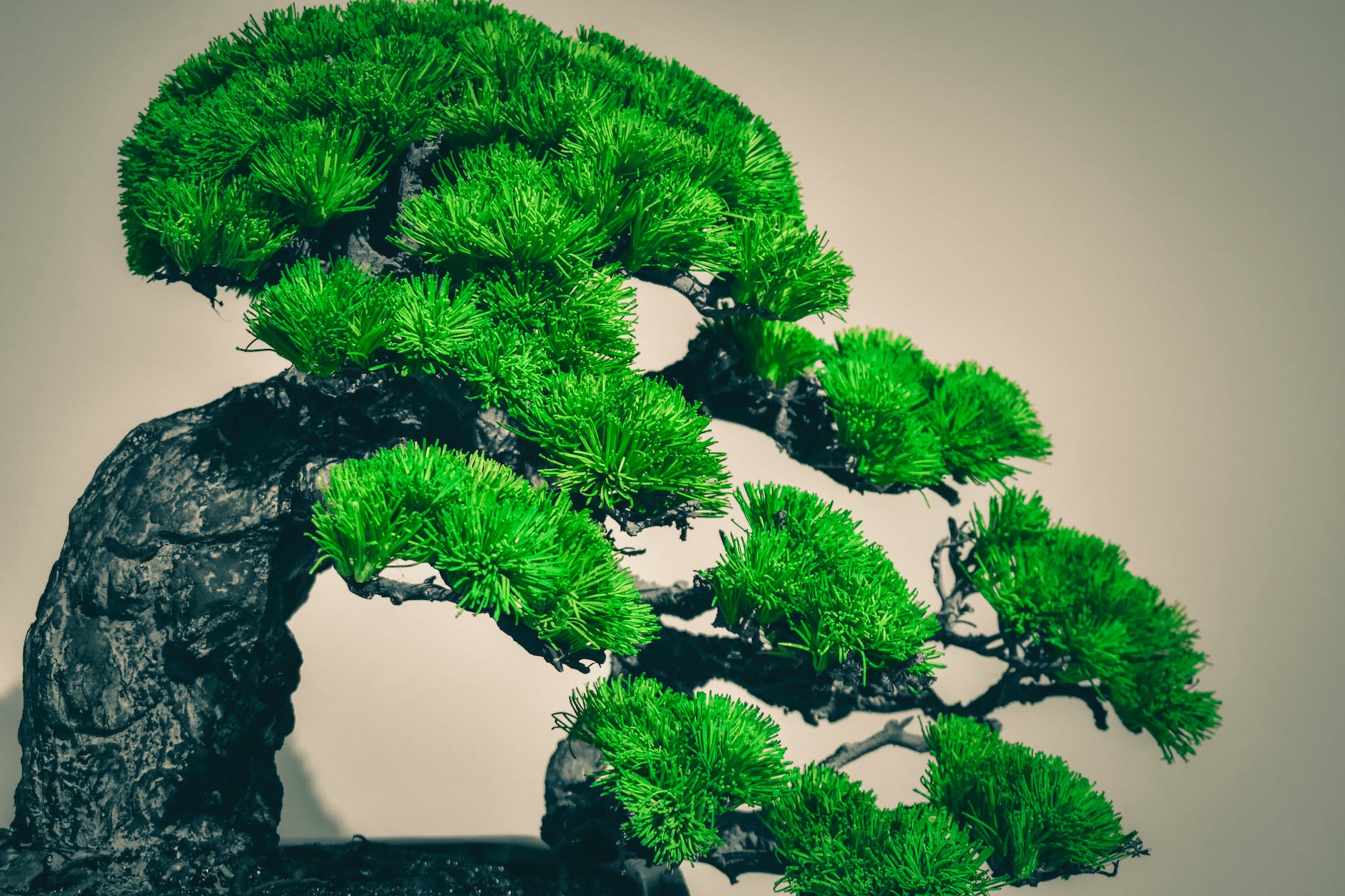the symbolism of bonsai tree: exploring the spiritual and cultural significance
The bonsai tree holds deep symbolic meaning and has been a significant part of various cultures for centuries. Its miniature size and artistic form make it a unique and captivating art form. In this article, we will delve into the spiritual and cultural significance of the bonsai tree, exploring its rich symbolism and uncovering its historical roots.
What is the symbolism behind the bonsai tree?
Understanding the meaning and symbolism
The art of bonsai represents much more than just a mere hobby or a decorative plant. It symbolizes harmony, balance, and longevity. The miniature trees are meticulously pruned and shaped to mirror the majesty and grace of full-sized trees in nature. Each curve of the trunk, every carefully trimmed foliage, and the choice of pot contributes to the overall symbolism.
Exploring the cultural significance
Bonsai has deep cultural roots in various Asian countries, with China and Japan being the most well-known for their contributions to this art form. In China, bonsai, also known as Penjing, has been practiced since ancient times. It was considered a high-status art form that represented the ideology of balance and harmony.
The relationship between bonsai and spirituality
Bonsai is closely associated with Zen Buddhism, particularly in Japan. Buddhist monks recognized the tranquil and meditative qualities of cultivating and appreciating bonsai trees. The process of nurturing and tending to a bonsai mirrored the monk’s own journey towards enlightenment and self-discipline.
History of bonsai: From China to Japan
The origins of bonsai in China
Bonsai originated in China over a thousand years ago. The Chinese artisans were skilled in creating miniaturized landscapes and recreating natural scenery in trays. These early versions of bonsai, known as Penjing, were seen as a form of art that brought nature into the home.
Introduction of bonsai to Japan
The art of bonsai was introduced to Japan in the 6th century, during the Tang Dynasty. Japanese monks studying Buddhism in China encountered the art of Penjing and brought it back to Japan. Over time, the Japanese developed their own styles and techniques, making bonsai an integral part of their culture.
Evolution of bonsai styles and techniques in Japan
Japanese bonsai evolved into various styles, with each style representing a different natural scene or season. From the elegant Juniper bonsai to the vibrant Azalea bonsai, each type carries its own unique symbolism and beauty. The art of bonsai in Japan continues to evolve, with modern bonsai artists experimenting with new techniques and designs.
Exploring different types of bonsai trees
The elegance of the Juniper bonsai
Juniper bonsai trees are known for their elegant and graceful appearance. They symbolize strength, flexibility, and adaptability. The carefully pruned foliage and twisty trunks give these bonsai trees a sense of aged wisdom and resilience.
The beauty of the Azalea bonsai
Azalea bonsai trees are prized for their vibrant blossoms and delicate foliage. They symbolize beauty, grace, and love. Azalea bonsai trees require meticulous care and attention to ensure they produce breathtaking flowers year after year.
Understanding the symbolism of Penjing bonsai
Penjing bonsai, also known as Chinese bonsai, focuses on creating natural scenes and landscapes in miniature form. These bonsai trees often depict mountains, rivers, and other elements of nature. Penjing bonsai symbolize harmony with nature and the beauty found in simplicity.
Cultural significance of bonsai
Bonsai as a form of artistic expression
Bonsai is considered a form of artistic expression, where the artist carefully shapes and prunes the tree to create a living work of art. It requires patience, skill, and a deep understanding of horticulture. Bonsai artists aim to capture the essence and beauty of nature in a confined space.
Bonsai and its connection to Zen Buddhism
Bonsai has a strong connection to Zen Buddhism. Zen gardens often feature bonsai trees, as they represent the balance between nature and human intervention. The process of tending to a bonsai can be seen as a meditative practice, allowing one to connect with nature and find inner peace.
Bonsai as a representation of serenity and nurture
Bonsai trees evoke a sense of serenity and nurture, both in their appearance and the process of caring for them. The art of bonsai teaches patience, discipline, and the value of nurturing living things. Whether displayed in a home or a traditional Japanese garden, bonsai trees create a calming and tranquil atmosphere.
Decoding the meaning and symbolism of bonsai
The importance of pruning in shaping the bonsai
Pruning is an essential aspect of shaping a bonsai tree. It involves trimming the branches and foliage to maintain the desired form and size. Pruning symbolizes the importance of letting go of unnecessary burdens and focusing on what truly matters.
The symbolism behind the bonsai trunk
The trunk of the bonsai tree represents strength, stability, and endurance. The shape and curve of the trunk convey a sense of character and maturity. A well-formed trunk is crucial for the overall aesthetics and symbolism of the bonsai.
Bonsai pot: Its significance in the overall symbolism
The choice of bonsai pot is not merely for practical purposes but also carries symbolic meaning. The pot represents the container of the bonsai’s existence, the vessel that holds both the physical and spiritual essence of the tree. The size, color, and material of the pot can enhance or complement the overall symbolism of the bonsai.
